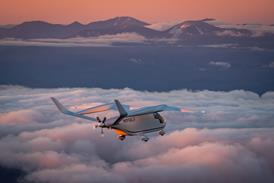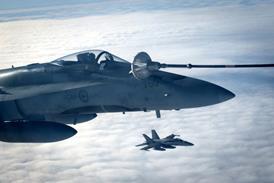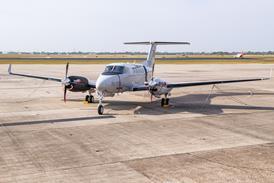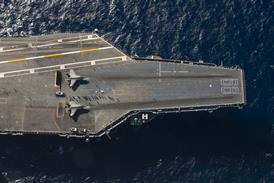NASA has selected Lockheed Martin's Atlas V rocket to launch the Lockheed-built Lunar Reconnaissance Orbiter (LRO) and Lunar Crater Observation and Sensing Satellite (LunarCross) in the third quarter of 2008 from Cape Canaveral, Florida.
The Atlas V vehicle has had eight successful launches. LRO and LunarCross will be launched aboard an Atlas V 401 variant on its ninth flight. The 401 configuration is a 4m (13.1ft) fairing atop a Centaur upper stage on a common core booster powered by the Russian-designed RD-180 engine.
|
|---|
| The Centaur will separate from the Shepherding craft and crash land |
LRO will arrive at the Moon three to five days after launch and from its 50km (31 miles) mapping orbit begin its one-year mission to image the surface in detail for future human exploration. The LunarCross has two main parts, the Shepherding Spacecraft (S-S/C) and the Atlas V's Centaur upper stage, which will remain coupled.
"Following delivery of LRO to its required lunar transfer orbit, the Centaur upper stage will perform a unique series of manoeuvres to place LunarCross into a separate trajectory that will result in a subsequent lunar impact," says Lockheed.
About three months after launch the Centaur will separate from the S-S/C and crash land near the lunar south pole. The impact will result in a 74km high, 1,000t plume of Moon regolith.
The S-S/C will be close enough to fly through the plume measuring its chemical composition. Minutes after that encounter the S-S/C will crash land, creating a second plume visible to lunar-orbiting spacecraft and Earth-based observatories.
Source: Flight International
























